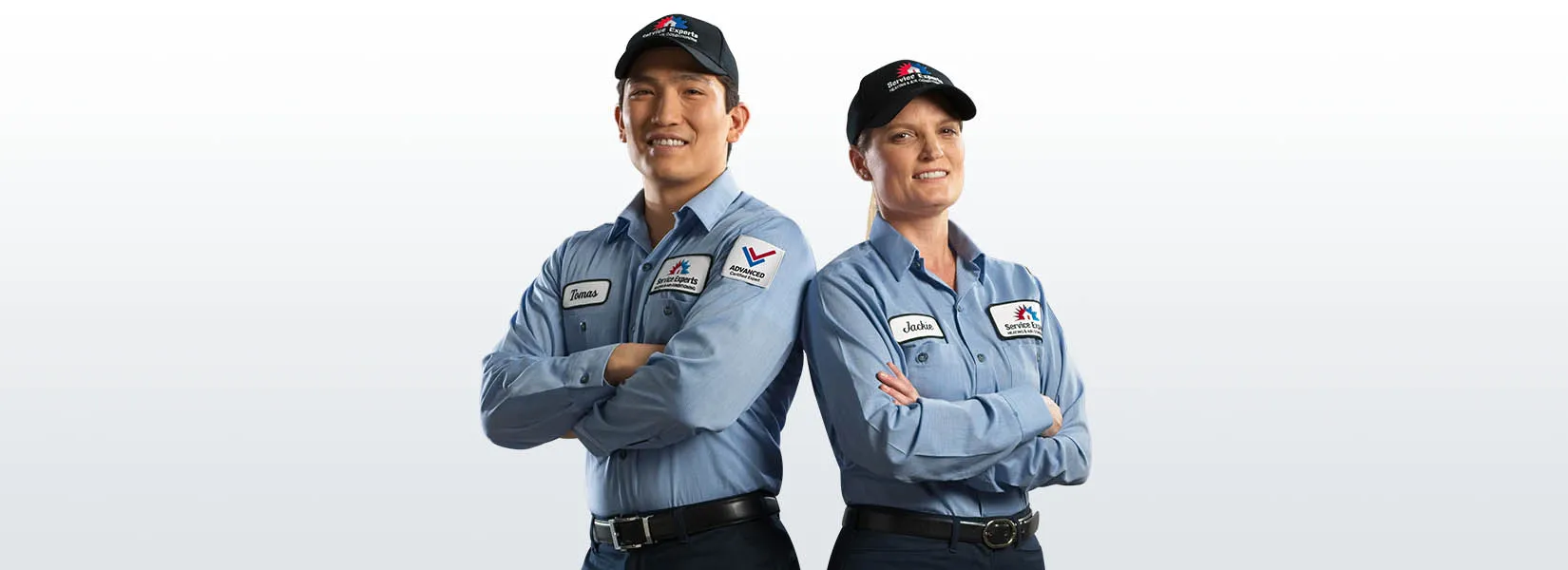What’s an Air Conditioning Dry Charge?
Over the past several years, both the U.S. and Canadian governments have instructed that all manufacturers of air conditioning equipment halt production of the refrigerant R-22 (Freon) or Hydrochlorofluorocarbons (HCFCs). These refrigerants have been standardly used in air conditioners and heat pumps for a long time. The recommended phase-out mandates are intended to have the HVAC industry move to a more environmentally friendly refrigerant with a technical code R410A. R410A has been shown to be safer for the environment.
In late 2010 reputable air conditioning companies began manufacturing Air Conditioning and Heat Pump units, without adding refrigerant at the factory. Such systems are more commonly called “dry charged units”. The units can legally be sold and installed allowing the HVAC contractor to charge the unit in the field with R22. R22 is still legal for AC repair or service for a short time longer. The purpose of these Dry Charged Units is to offer the greater Edmonton area a more simple and cost effective replacement option for central air conditioners and heat pumps. However, these units also dodge the spirit of the mandates, which was to help the environment by introducing more environment friendly solutions.
Edmonton homeowners should understand that these Dry Charged Units are approved in the U.S. and Canada. Because of the lack of clarity regarding the definition of an outdoor unit in the rules, the entire outdoor unit is technically looked upon as a replacement “part”. As a result, condensers or heat pumps intended for use in a replacement R-22 system are often referred to as “Dry Charge” or “Nitrogen Charged” systems. The following are some Frequently Asked Questions about this recent A/C Dry Charge trend.
Do you recommend purchasing a Dry Charge Air Conditioning System?
The answer to this question hinges on a number of things. The number one thing to do is learn what types of HVAC equipment the heating and air conditioning industry has to offer and seek solutions that speaks to your personal comfort, efficiency and lifestyle needs. Take time to understand the benefits and difference between a dry charge unit and new air conditioning products with R-410A refrigerant.
Why would I buy a R-410A refrigerant system?
Current R-410A systems have many benefits to Edmonton homeowners that Dry Charge units do not. A sample of the benefits include:
- Greater energy efficiency for reduced cost of comfort
- Province-of-the-art technology to lessen humidity
- Current production refrigerant solutions guaranteeing longer life and extended availability of refrigerant
- Longer warranty periods for significant peace of mind
- Quieter operation for a more peaceful indoor environment
- Ozone friendly refrigerant that reduces the carbon imprint that negatively impacts our environment
- Matched coil solutions for increased reliability and guaranteed cooling and heating performance
Is it legal to install Dry Charge units?
Yes. There are no Federal laws or legal restriction on the installation of R-22 or Dry Charge Equipment, however, it can only be used as a repair to an existing system.
What about the warranty?
Most manufacturers have established a standard 5-year parts warranty on dry charge units. While this provides industry standard protection on the components it does not provide protection against R-22 refrigerant prices, which are expected to increase substantially.
How expensive will R-22 get in the next few years?
It is likely that as a result of supply and demand, the answer to this question is “yes – we do anticipate R-22 refrigerant to get pricey”. As the phase out process of R22 continues, new R-22 refrigerant production will gradually be reduced, with full elimination of its production in 2020. Until that date, indications are that there will likely be sufficient supply to meet the current demand.
If you have more questions about refrigerant, we encourage you to contact Service Experts Heating & Air Conditioning for clarification.
